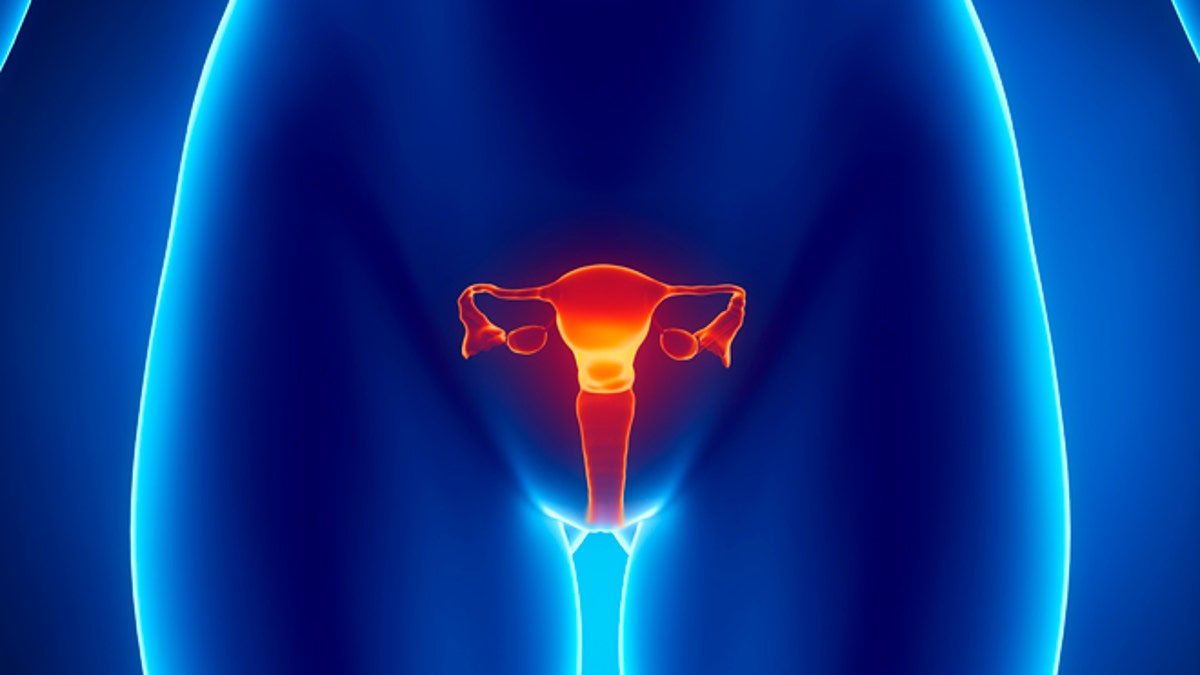
Anterior view of uterus, fallopian tube, ovary, cervix.
One of the most common types of ovarian cysts that we see in young women is the dermoid cyst. These cysts form from very early on, as the ovaries of a young girl begin to evolve. Dermoid cysts are benign, but they do contain totipotential germ cells, which are ovarian cells that have all the characteristics to mature into any type of tissue.
Women typically become aware of the presence of these tumors in their 30s, and having performed many surgeries on them I can tell you that they have unique characteristics. On an ultrasound, you can see multi-layer cystic structures consisting of fluid and bright, solid areas. When you operate on them, the cysts are perfectly covered with skin-like material and when split open, I have seen human hair, fat tissue and fragments of bone. In many cases, I have even seen human teeth.
Though they are benign, if dermoid cysts go undiagnosed and are not surgically removed, they can become large enough to inadvertently twist the ovary because of the weight of the material that it contains. The cyst can even destroy the entire ovary by compromising the blood supply.
Now, similar cysts are found in other parts of the human body, like the spine or the skin, but the most prolific dermoid cysts are found in the ovary. Once they are removed, they tend not to come back, and although they are usually isolated to just one ovary, up to 15 percent can be found in both. As I stated earlier, the cysts are completely benign and if they are removed properly, they should not interfere with normal ovulation, nor should they be a problem for a woman trying to become pregnant.
